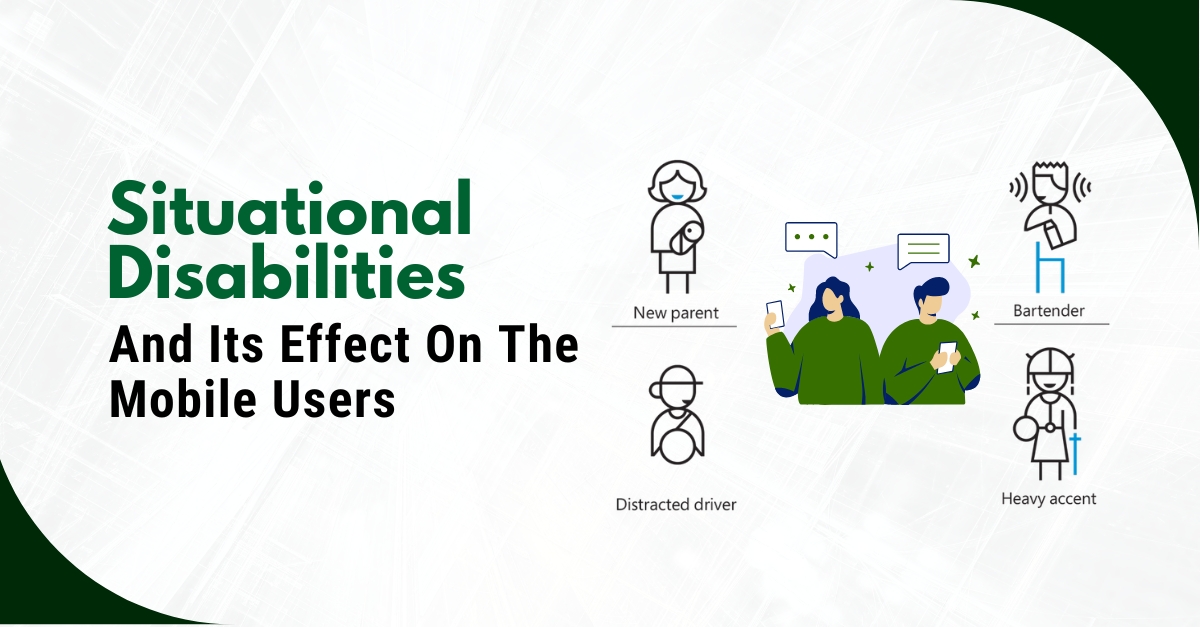The Department of Justice (DOJ) issued guidelines in early 2022 on meeting the web accessibility standards of the Americans with Disabilities Act (ADA). Despite this, the majority of websites still contain significant accessibility barriers that adversely affect users with disabilities, resulting in many organizations paying a significant penalty for non-compliance.
To ensure compliance with the ADA and other laws, businesses can adhere to the Web Content Accessibility Guidelines (WCAG), which are globally recognized standards for digital accessibility. In the following sections, we will examine some common failures in meeting WCAG guidelines that have been specifically referenced in ADA lawsuits.
1. Image Alt Text Missing: Alternative text is the written description of the image. It is a very important aspect for people who are visually impaired. The assistant device converts the content to audio so that they will understand the content. There are many infamous lawsuits like Robles v. Domino’s Pizza, LLC which is considered a landmark to establish Title III of the ADA for website compliance.
2. Poor Color Contrast: Low-contrast text is challenging for individuals with vision-related disabilities, such as color vision deficiency (CVD), to read. It is a prevalent issue in web accessibility lawsuits since automated tools can quickly identify if a website adheres to color contrast requirements. Additionally, it is one of the most common accessibility issues, with nearly 84% of the internet’s top 1 million homepages having detectable low-contrast text according to a 2022 WebAIM analysis.
3. Keyboard Traps and others: There are many internet users who don’t prefer to use the mouse; rather they like to control the navigation from the keyboard. Making the website keyboard friendly is a sign of good web design. Keyword trap is a serious accessibility issue for which people cannot navigate from one place without the mouse.
4. Form Labels Missing: If there are no accurate form labels, then there is a scope that people will miss them to fill up. Moreover, it is an ADA violation as well. Every field in a form must have an accurate, programmatically determinable label so that screen reading software can present the data. To provide an equal experience for all users, you’ll also need to provide clear instructions, error correction mechanisms, and other critical information.
5. Error in Link Test: Hyperlink text refers to the words enclosed by the HTML anchor tag that provides a link. Descriptive link text is necessary for users to understand the link’s purpose and function. Empty links, without corresponding on-page text, and generic link text, like “click here,” are unhelpful for readers. Poor HTML coding may lead to redundant links, and frustrating AT users. Examples of such failures were cited in the Robles v. Domino’s Pizza case and in a 2019 class-action lawsuit involving Beyonce’s official website.
Making the website comply with ADA not only saves the company from lawsuits; but comes up with many other practical benefits as well. Accessible Minds follows the best practices to ensure a better user experience for every user.







